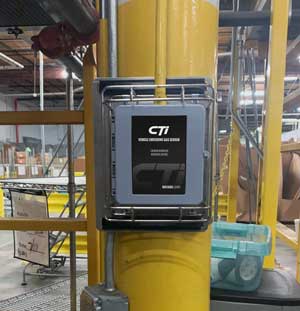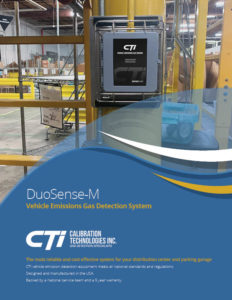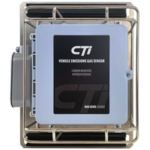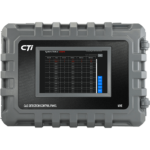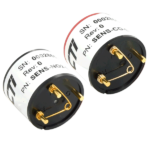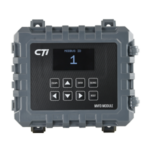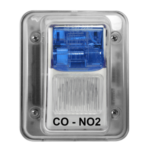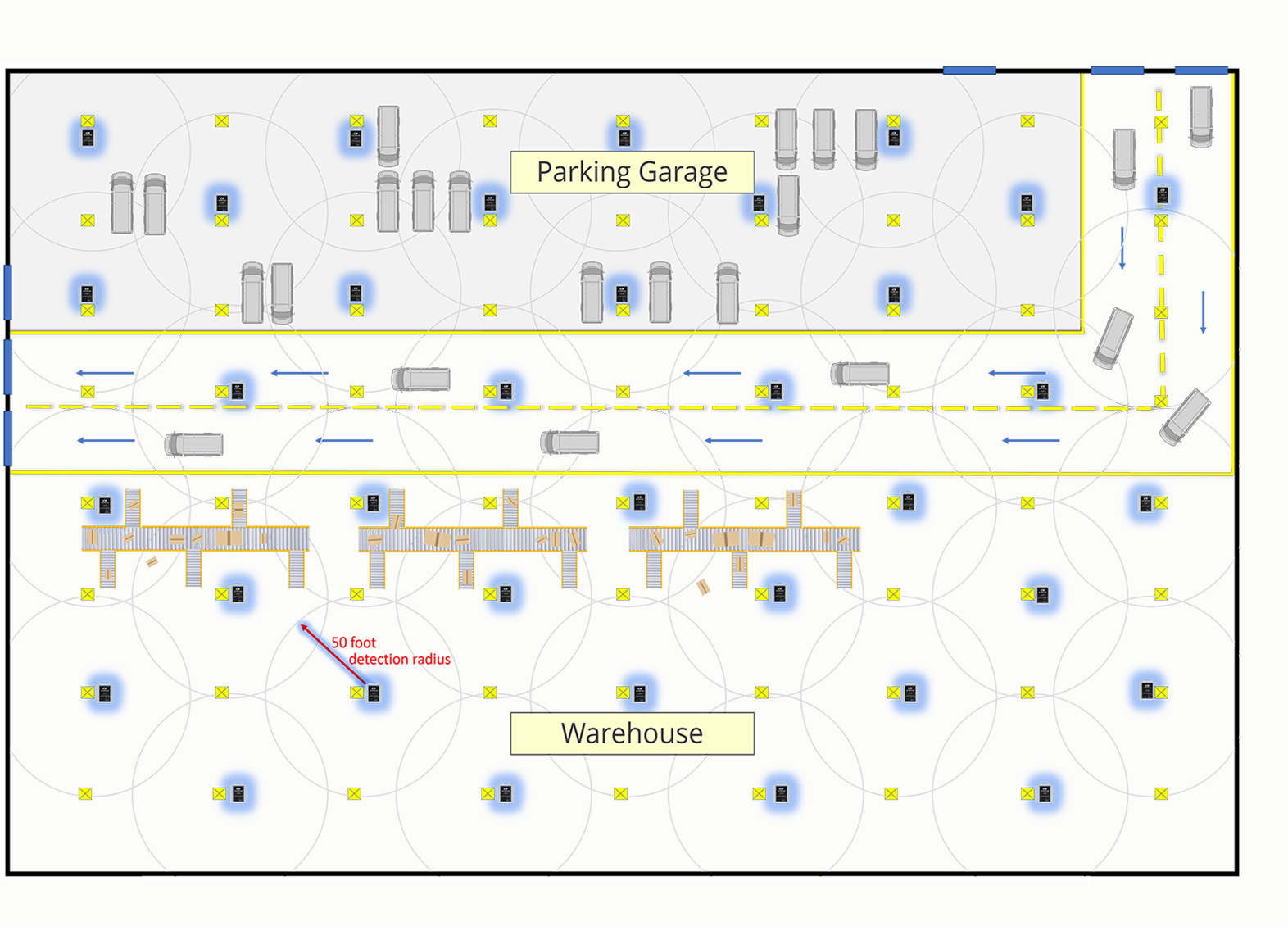Where Vehicle Emission Detectors are Required
Distribution Centers
Parking Garages

Vehicle Depots
Loading Docks

Vehicle Maintenance Garages
How to Buy A Vehicle Emission Detection System
CTI published a helpful brochure that explains the best way to design a CO/NO2 detection system for your parking structure, distribution center, or vehicle depot.
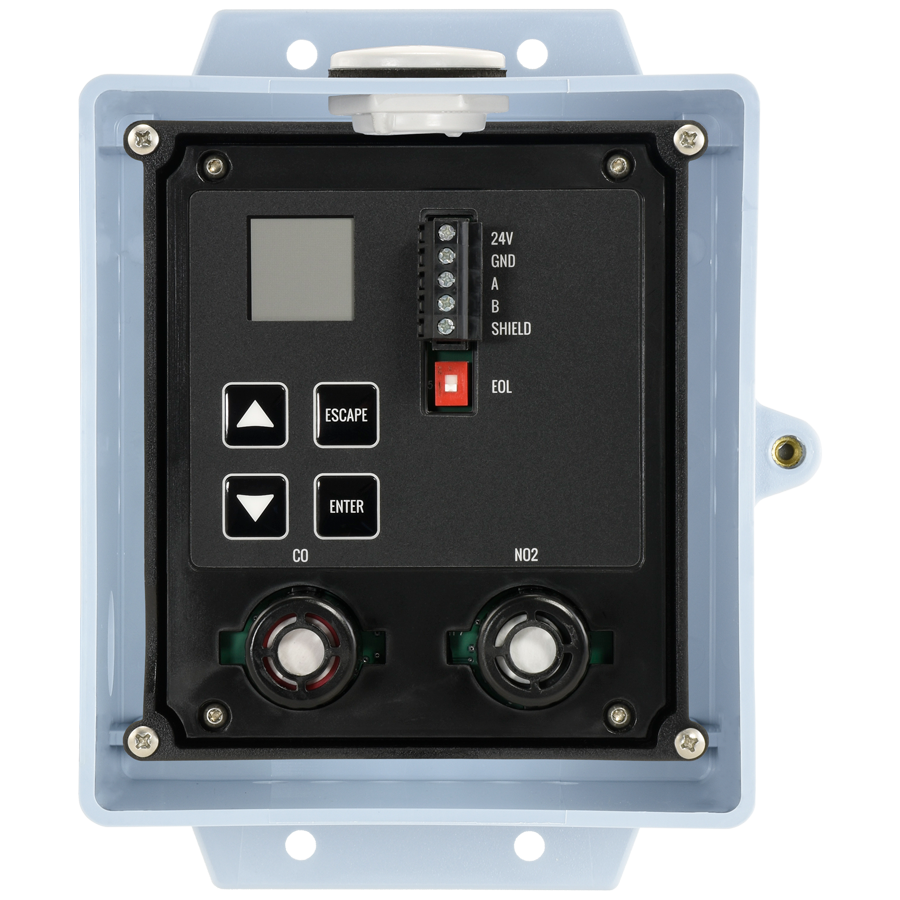
Electrochemical Sensor Technology
The CTI DuoSense-M detector uses an electrochemical sensors which are accurate, reliable, and long lasting. Electrochemical cell technology is very specific to only CO and NO2 and will not alarm in the presence of other gases. These cells are housed in a well-vented polycarbonate enclosure which allows for the circulation of air while also protecting the cells from damage. The electrochemical sensor is an outstanding choice for personnel protection throughout most facilities.

The Benefits of Vehicle Emissions Gas Detection
Parking Garages, Vehicle Depots, and Distribution Centers all have the potential to reach dangerously high levels of Carbon Monoxide and/or Nitrogen Dioxide gases. There are numerous institutions, societies, organizations and government agencies such as ASHRAE, IMC, UMC & UBC that have established codes and standards to address the limits of CO and NO2 for parking structures. Most building codes allow for demand-based ventilation in parking structures by monitoring CO & NO2 levels. Proper ventilation and air flow is necessary to protect people, but how often and how much ventilation is needed? Using CO and NO2 detectors to monitor gas levels and to turn on ventilation as needed not only protects people, but also saves on energy costs.
Regulatory Concentrations of Interest
There are several CO and NO2 thresholds to consider
CARBON MONOXIDE
OSHA Limits
-
-
-
-
-
-
- PEL=50ppm
- TWA=25ppm
- Ceiling= 200ppm
-
-
-
-
-
NIOSH Limits
-
-
-
-
-
-
- REL=35ppm
- Ceiling=200ppm
-
-
-
-
-
NITROGEN DIOXIDE
OSHA Limits
-
-
-
-
-
-
- STEL=1ppm
- Ceiling=5ppm
-
-
-
-
-
NIOSH Limits
-
-
-
-
-
-
- STEL=1ppm
-
-
-
-
-
Alarm Levels and Recommended Outputs
See below table for CO an d NO2 detection alarm levels and outputs.
| Gas | Alarm Setpoint | Action |
| CO | 0-200ppm
Exact setpoints can be determined by the owner, but shall not exceed 200ppm. |
|
| NO2 | 0-10ppm
Exact setpoints can be determined by the owner, but shall not exceed 10ppm |
|


